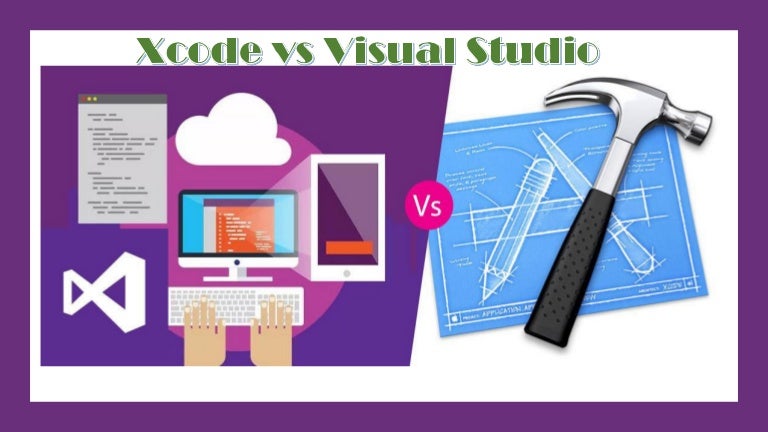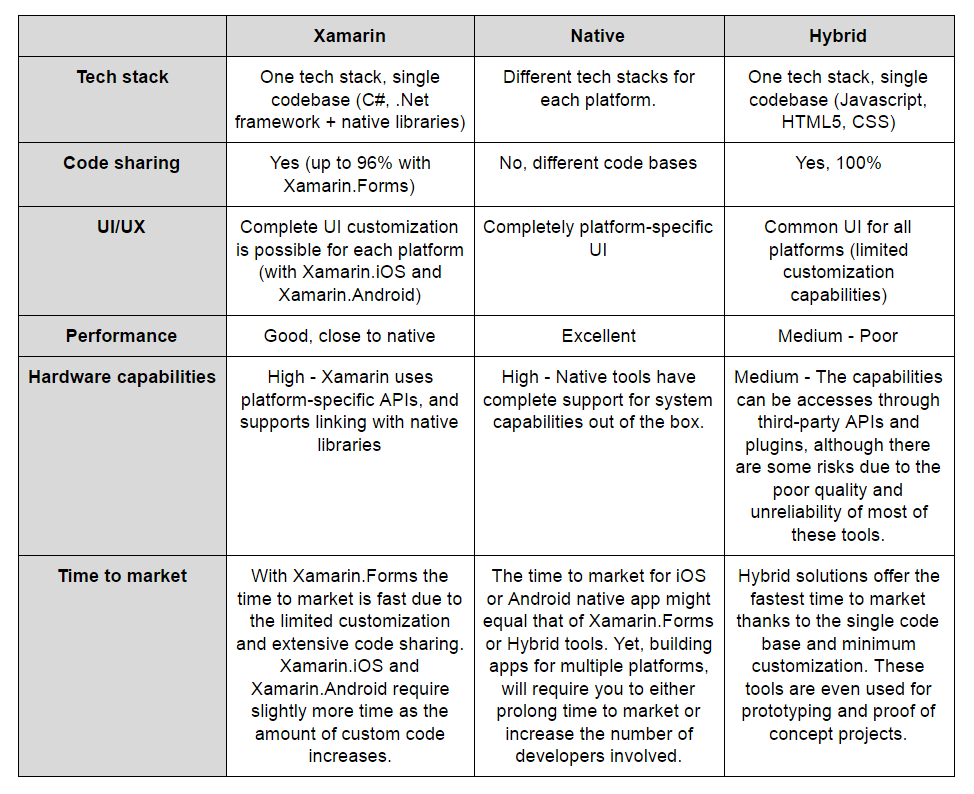

- #IS VISUAL STUDIO FOR MAC BETTER THAN XCOE MAC OS#
- #IS VISUAL STUDIO FOR MAC BETTER THAN XCOE INSTALL#
- #IS VISUAL STUDIO FOR MAC BETTER THAN XCOE UPDATE#
- #IS VISUAL STUDIO FOR MAC BETTER THAN XCOE UPGRADE#
- #IS VISUAL STUDIO FOR MAC BETTER THAN XCOE PRO#
#IS VISUAL STUDIO FOR MAC BETTER THAN XCOE PRO#
But you also don’t need a Mac Pro with its 28-core beast, because that would definitely be overkill.Īs for storage, you don’t need much for programming, although we do recommend that you opt for a solid-state drive rather than a hard drive. You need a reasonably good processor, but any of the currently available Macs will be good enough. There are ways around this, but it’s not natively supported. So that’s one external display for iMacs and MacBooks, and two for Mac minis. If you like to use lots of separate monitors, you should know the M1 Macs only support up to two displays at once. Of course, you can always plug in external displays, so even a smaller MacBook might be good enough. A big display is what you need to fit all of them on the same screen and eliminate the need to constantly switch. It’s likely you’ll be using at least three windows simultaneously. Note, however, that the newer M1 Macs top out at 16GB, but because they handle RAM in a different way to Intel Macs, that’s actually plenty.Ī large screen is helpful too. Ideally, you should be looking at 16GB and more to create a safety net for future updates. You might even have to manually stop processes to free up RAM.Ĭurrently, the minimum amount of RAM you need for a comfortable coding experience is 8GB. Xcode alone is very RAM-heavy, and when you combine it with other apps, you’ll soon find you need a lot of memory to keep everything running smoothly.

Perhaps the most important factor in coding is RAM. On top of that, the architecture of any Mac is exceptionally attractive. You can also benefit from macOS cross-platform compatibility and easily run both Linux and Windows. Most servers and file systems are built on top of Unix, so the Unix-based macOS is a natural choice. This is at least partly down to the Unix command line.
#IS VISUAL STUDIO FOR MAC BETTER THAN XCOE INSTALL#
Once downloaded simply double click and install the package. Should be as simple as tweaking the download url to suit, you can find 12.x version numbers over here on the Xamarin iOS 12 release notes page. For me this is … however your requirements may vary. In the meantime I had downloaded the latest 12.16 release of Xamarin iOS. Execute these commands line by line (entering your admin password when required) rm -rf ~/Library/MonoTouch So, the solution, first off come out of Visual Studio for Mac, and then drop to Terminal app.
#IS VISUAL STUDIO FOR MAC BETTER THAN XCOE UPGRADE#
Mojave of course is 10.14, Catalina 10.15, so I have to upgrade right, and lose a day of productivity (or more) with it? Wrong.


Off to the App Store I go, just to confirm, and of course My selected version of Xamarin iOS required an Xcode upgrade to 11.x. In essence I’ve upgraded the version of Xamarin iOS from somewhere in the 12.x range to 13.16. I knew the second I’d upgraded it had gone wrong, but opening a Xamarin iOS / Forms project instantly told me.
#IS VISUAL STUDIO FOR MAC BETTER THAN XCOE MAC OS#
Like many developers I have a reluctance to go to Mac OS Catalina (a lot of changes, and too many issues) and am quite happy in the stable, stable land of Mojave.
#IS VISUAL STUDIO FOR MAC BETTER THAN XCOE UPDATE#
Why you may ask, an update is good? No? Well not here. So, here’s the scenario, fire up Visual Studio for the Mac, not enough caffeine in the system, an ‘updates’ box pop up, a Xamarin iOS update amongst many, you click ok, then instant regret 😟.


 0 kommentar(er)
0 kommentar(er)
